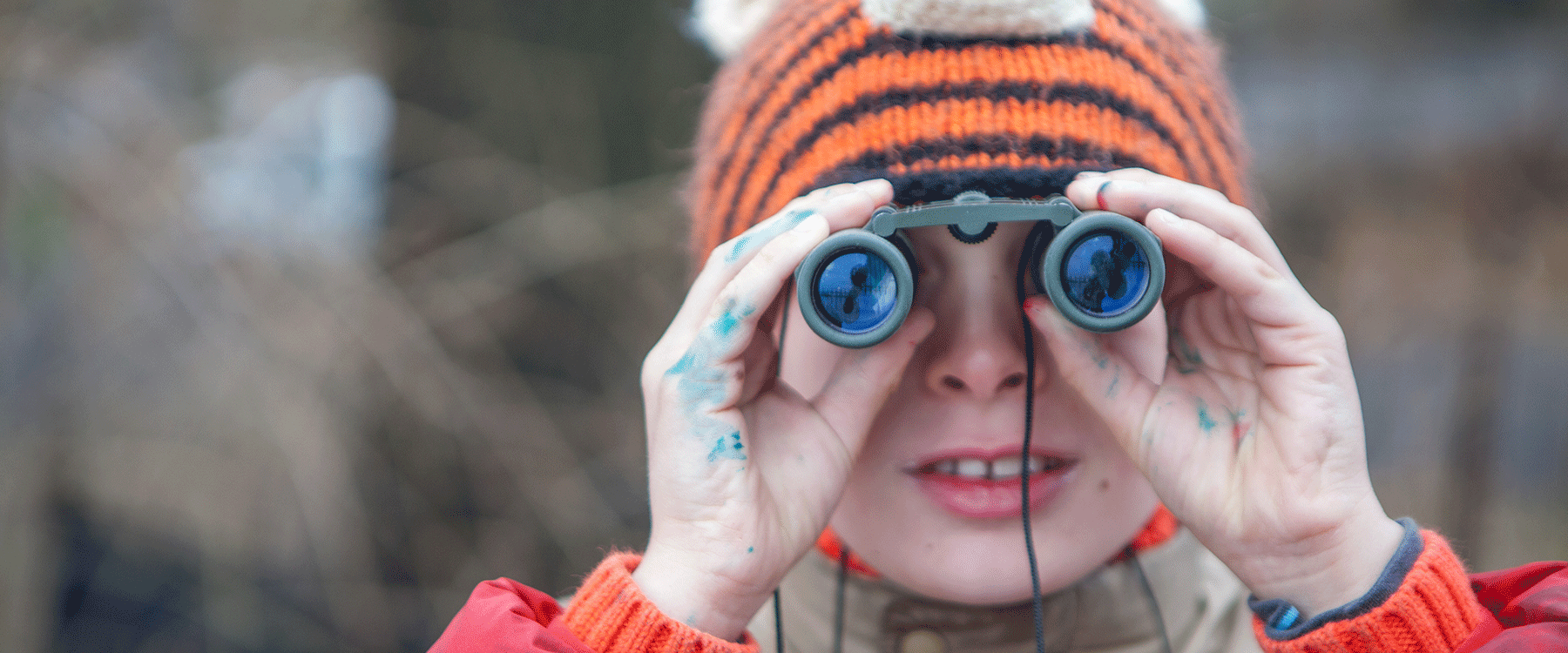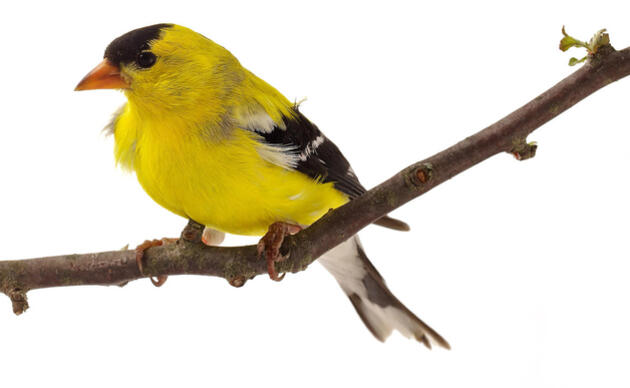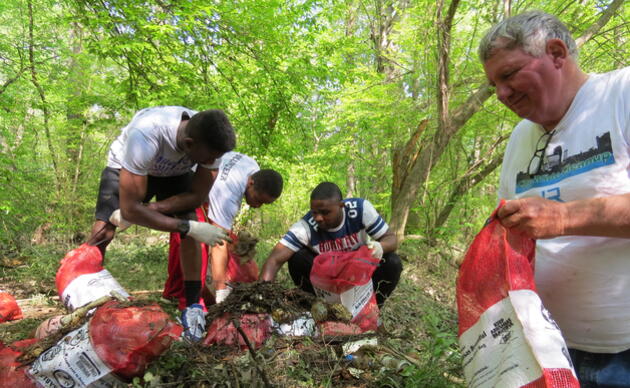Community scientists make important contributions to bird conservation in Louisiana. By helping understand why Prothonotary Warblers are declining, how coastal waterbirds use the Louisiana coastline, what threats are faced by beach-nesting birds, and contributing to annual population censuses of all birds, bird watchers and nature enthusiasts of all ages and experience levels help us help birds.
If you are interested in joining our programs and putting your skills and interests toward a great cause, sign up today to receive more information and updates about Audubon Louisiana’s community science programs. Read more about the pograms below.
Prothonotary Warbler Nest Box Monitoring
Prothonotary Warblers are birds of conservation concern and have seen a 40% decline in population since the 1960s. These birds, once known as Golden Swamp Warblers, are in great need of suitable places to nest and live. Help us learn about Prothonotary Warbler nesting habits by building a nest box or finding a natural nest site. Then, you can track the following: Number of eggs laid, Number of eggs that hatch, When chicks fledge (leave the nest), Reasons why a nest fails, if not successful.
Beach-nesting Bird Protection and Outreach
Beach-nesting birds are among the fastest group of declining birds in North America. These birds lay camouflaged eggs in the sand, hiding nests from predators. Unfortunately, eggs and chicks are also hidden in plain sight to beachgoers. When beaches become heavily populated during the summer months, people may unintentionally disrupt or destroy nests, causing population declines in beach-nesting bird species. During the 2017 breeding season, Audubon and American Bird Conservancy repeated its collaborative bird protection and outreach program for the sixth year at Grand Isle State Park, in cooperation with the Louisiana Office of State Parks. In addition, Audubon Louisiana worked with the Louisiana Department of Wildlife and Fisheries to protect bird habitat and nests on Elmer’s Island (just west of Grand Isle). Audubon Louisiana continued to expand this model program to Cameron Parish (western coastal Louisiana), where it provided education and outreach programs and established beach-nesting bird protection efforts.
Audubon Coastal Bird Survey
The Audubon Coastal Bird Survey is a volunteer-based community science program designed to provide scientists with valuable data for addressing conservation needs of coastal waterbirds that breed, winter and migrate along the Gulf Coast. The program, originally established through the Pascagoula River Audubon Center in response to the BP oil spill, is already providing valuable population and habitat-use data for a variety of coastal waterbirds, many of which are experiencing population declines.
Christmas Bird Count
The Christmas Bird Count (CBC) is the nation’s longest running community science initiative. Each year, the CBC engages tens of thousands of birders in three weeks of organized group spotting events, the goal to collect the most complete and accurate picture of bird populations across the world. This volunteer-driven community science event has been conducted for more than 100 years and is the most complete historic record of our bird populations over time. Help Audubon continue to understand the health of our bird populations by participating in the next Count.
Great Backyard Bird Count
A less formal version of the CBC, the Great Backyard Bird Count (GBBC) is held each February while many birds are on their wintering grounds. Anyone, anywhere can count birds for as little as 15 minutes, recording what you see in the international eBird database. The event began in 1998 as a way to collect data and display community science results in real time through digital reporting.
Get Involved
Be a voice for birds
Join our Advocacy Team to receive action alerts about legislation and policy when Audubon Delta's birds need your voice.
Join Our Flock
Signing up is the best way to keep up with Audubon's latest news, programs and initiatives.





